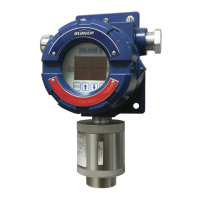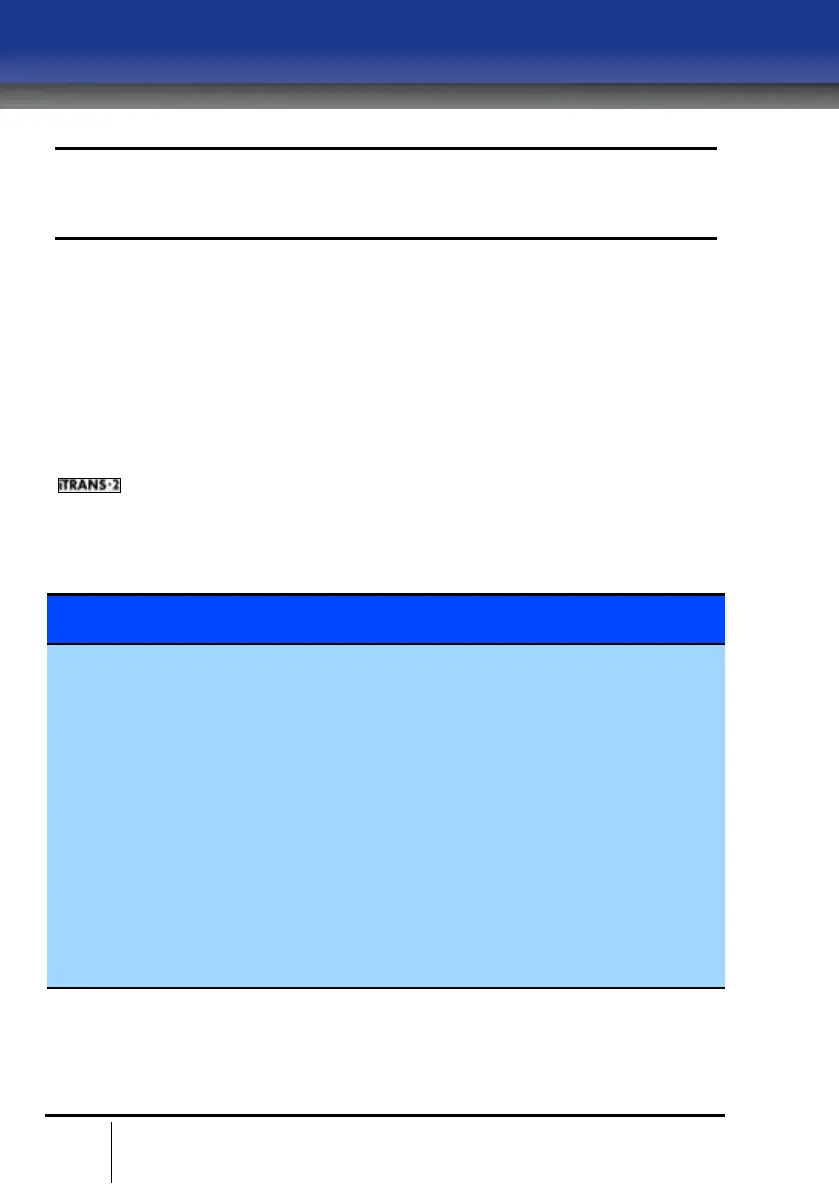IMPORTANT: When commissioning master and slave units on a ModBus
network, it is critical to ensure that every device on the ModBus network
must have a unique address. Otherwise, abnormal behavior of the entire
serial bus can occur.
Sample Gas Reading via ModBus Network
To get a gas reading for Channel 1, you must read register 40102. This
register holds the gas reading in ppm.
Example: Gas reading of 5 ppm = register value of $0005.
Example: Gas reading of 20.9% = register value of $0209.
For Channel 2 you can access the gas reading by looking at register 40202.
For a full list of ModBus commands and registers that are accessible on the
, refer to the next section.
ModBus Register List
ModBus register addresses are provided in Table 6-1.
MSB = $01 to
$FF
LSB = $01 to
$F7
Sensor Type
Holds the sensor instrument type code
and ModBus address. The most
significant byte (MSB) holds a value
indicating the type of instrument (see
below). The least significant byte (LSB)
holds a value which is the ModBus
address of the sensor.
MSB = Instrument type code $01 to $FF
$03 = IR (infrared)
$04 = TOX (toxic)
$05 = OXY (oxygen)
$06 = AAW (toxic)
$07 = CAT (catalytic)
LSB = MODBUS sensor address $01 to
$F7 (1 to 247)
Gas Reading
Holds the gas reading in ppm or percent
depending upon the sensor in the
instrument. The range is from $0000 to
$FFFF and represents a signed decimal
value range from -32768 to +32767.

